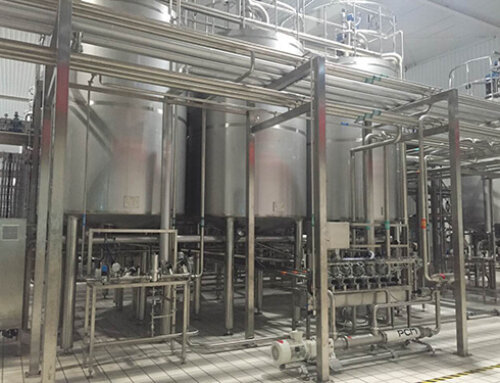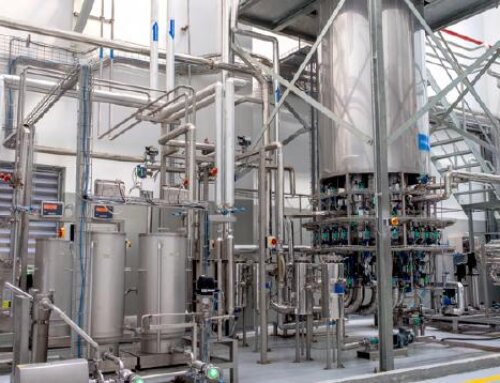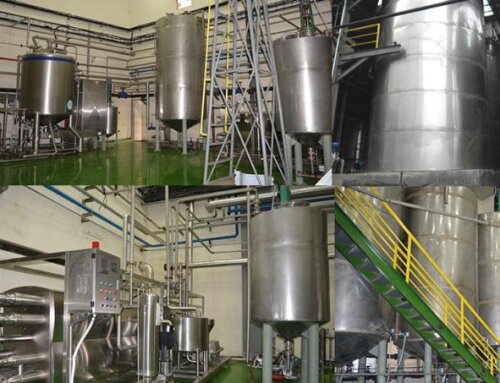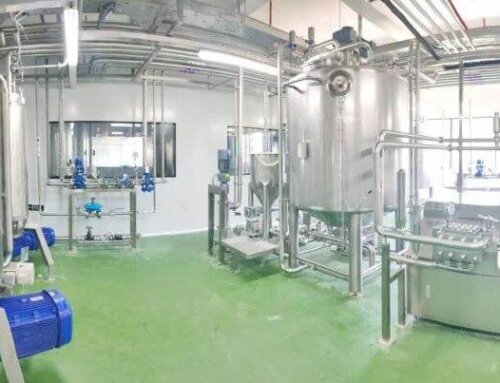Fruits are rich in vitamins, carbohydrates, minerals, fiber and hemicellulose, organic acids, proteins and other nutrients necessary for the human body. Ingesting different types of fruits or fruit juices every day not only can be beneficial to nutritional supplements, but also have health care effects, such as promoting digestion, lowering blood pressure, delaying aging, losing weight, promoting sleep, etc.
But different types of fruits have very different nutrients, health effects and processing methods. Today we classify fruits according to their structure and planting area:

Stone Fruits: The center of the fruit has a hard wooden shell, which contains seeds. The edible part is the fruit peel and pulp. After the stone fruits are mature, the pulp becomes soft, tender and juicy. The harvesting season is between summer and autumn hot season, so it is not suitable for long-term storage. The stone fruits include peaches, apricots, Plums, dates, Cherries, olives and plums. Apricots, plums are rich in organic acids that promote digestion and increase appetite, and cherry fruits are rich in iron and vitamins that have beauty benefits and anti anemia properties. This type of fruit is necessary to remove the core by using fruit destoner, and then the pulp is made by a double-stage pulping machine, and the juice is obtained by filtration and separation techniques.
Pome fruits: Pome fruits are fruits that contain kernels. The center of the pome fruit has a thin-walled seed chamber, which contains the seed kernel. The edible part is peel and pulp. Pome fruits include apples, pears, hawthorn, loquat, etc. Apple’s vitamin content is the most abundant of all fruits, and pear has the effect of moistening the lungs and relieving cough. These type fruits after washing, hammer crushing, and belt squeezing, the cloudy juice will be obtained, then filtered through enzymatic hydrolysis to get clear juice.
Citrus fruits: mainly includes oranges, lemons, limes, kinnow, tangerine, mandarin, grapefruits and other fruits. The edible part contains fruit pulp and juice. The by-products of the processing process include the peel which can be used as medicine or feed, and the peel oil can be extracted to make essence or cosmetics. Citrus fruits contain rich vitamin C, citric acid, flavonoids and other substances, which can increase appetite, lower blood pressure and blood lipids. Due to the special structure of this kind of fruit (the flesh is segment shape, and the surface of each segment pulp is covered by a juice sac, and the flesh contains a lot of seeds), this characteristic determines that this kind of fruit juice extractor needs to be specially designed, the citrus extractor can effectively separate the pulp, peel, seed and oil. The freshly squeezed juice can be made into concentrated juice or NFC bottled juice.
Berry fruits: Berry fruits include grapes, blueberries, raspberries, strawberries, pomegranate, kiwi, passion fruit, guava, etc. This type of fruit usually has a thin outer skin, and the middle and inner skins pulp are juicy and contain more than one seeds. Fruits such as grapes and blueberries are rich in vitamins and have the high antioxidant capacity, which helps protect the brain, anti-cancer, and replenish blood. In the process of processing into juice, grapes, blueberries and other fruits can be proceed with an pneumatic press, while passion fruit or guava can be juiced with a poly press. These type of fruits are popular to make fruit jam or juice.
Nut fruits: Nuts have a hard shell on the outside and contain a kernel, which is edible. So it is also called shell fruit or dried fruit. Such as walnuts, chestnuts, cashews, pistachios, almonds, etc. This kind of fruit contains less water, more fatty acids and protein, and is an important source of protein and fat for humans. Because of the low water content of this type of fruit, we generally use colloid milling to make pulp during processing, and most of the finished products are used to make plant protein drinks.
Melon fruits: Melons generally grow on the ground, with vines, large fruits, many seeds in the middle, with melon sacs, generally thicker skin, edible flesh inside, and juicy, such as cantaloupe, watermelon, Papaya etc. Melons and fruits are generally juicy and sweet, and have a good effect on replenishing human body moisture and beautifying skin.
Tropical fruits: Most of these fruits like hot and sunny, and are mostly grown in tropical areas, mainly include mangoes, pineapples, bananas, coconuts, lychees, mangosteens, etc. These fruits have different characteristics, so the processing methods are also different. For example, when we process mango fruits, we need to peel and destone mango, then pulp into the puree, bananas need to be peeled first, then beating, coconuts need to be shelled first, get the coconut meat, and then use a double screw juicer to squeeze the juice.




